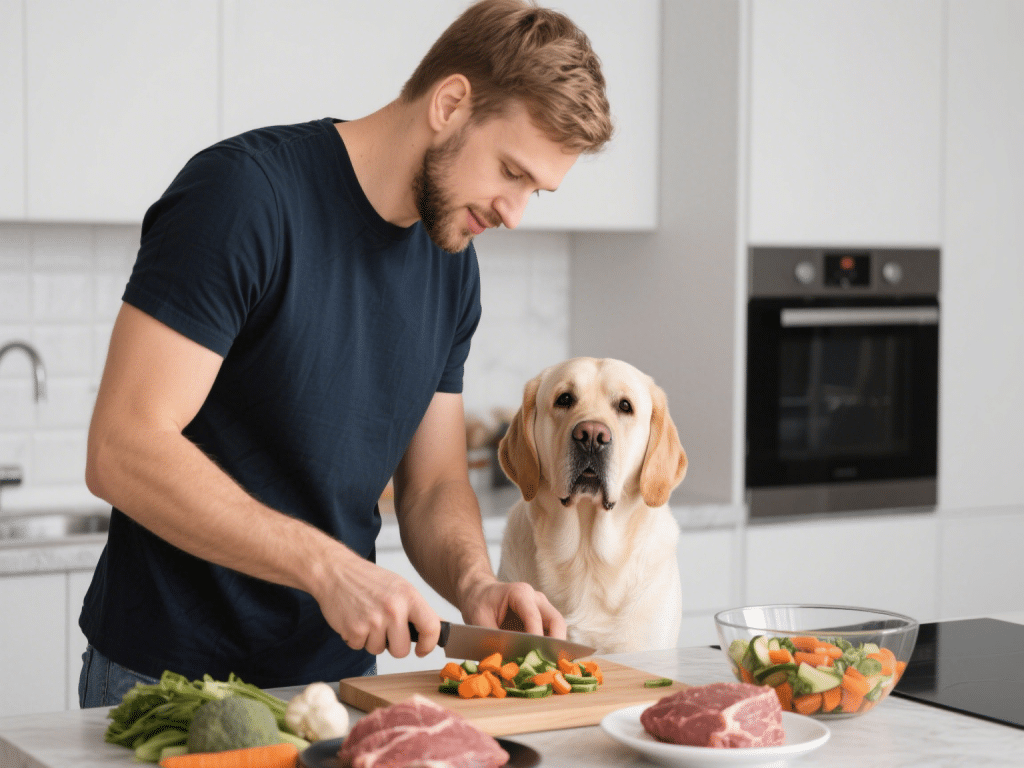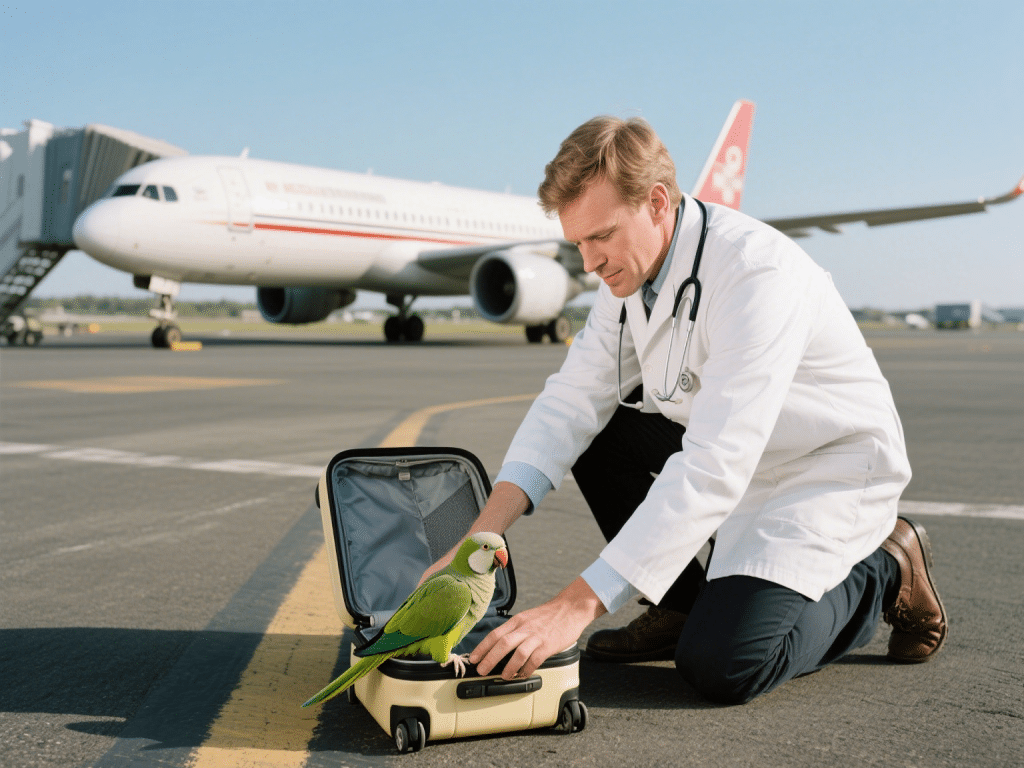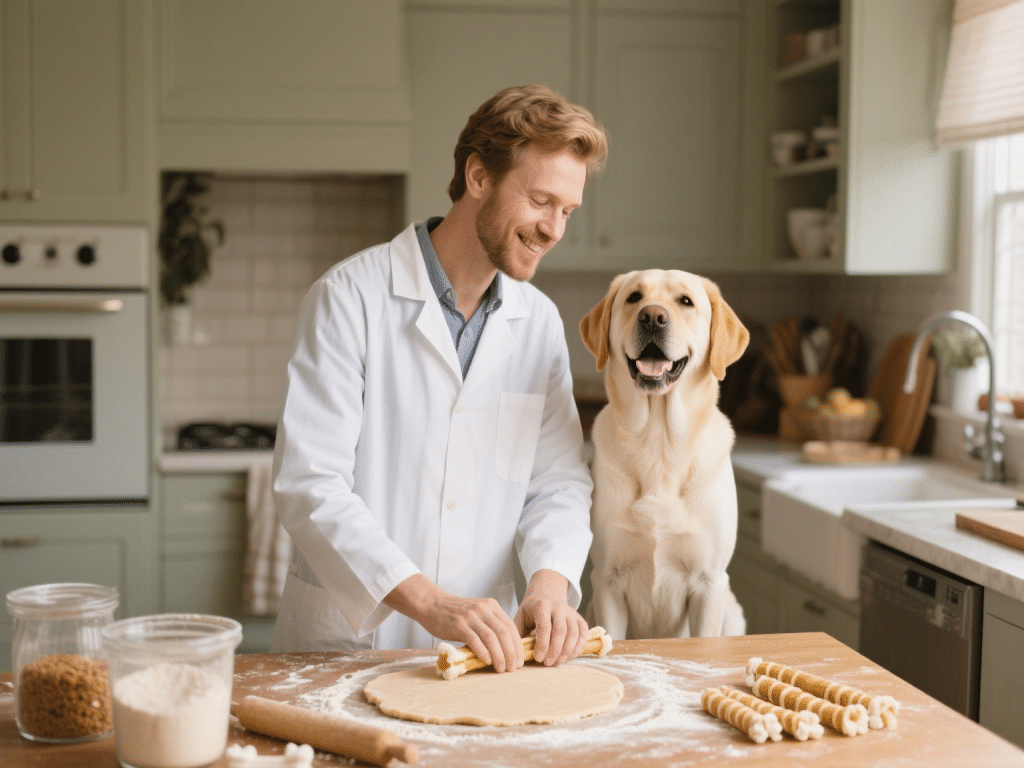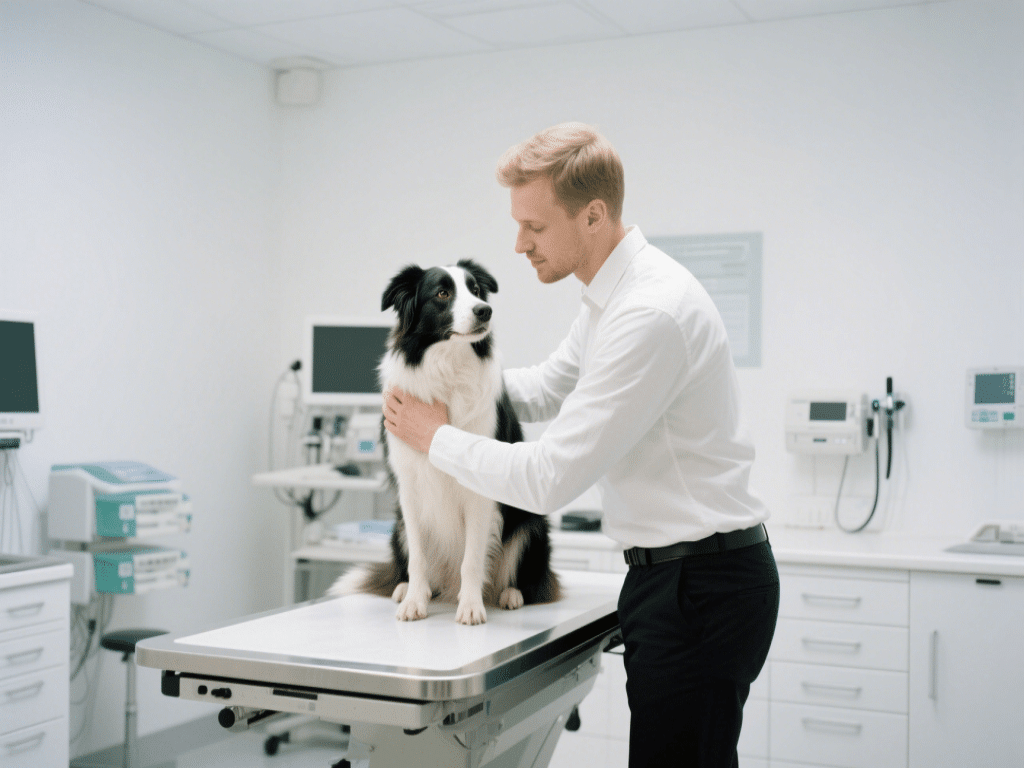How to Transition Dogs to a Raw Diet Safely

Raw feeding has surged in popularity due to its potential benefits: shinier coats, cleaner teeth, and improved digestive health. Yet abrupt changes can trigger vomiting, diarrhea, or nutritional imbalances. As a veterinary nutritionist, I’ve overseen hundreds of safe transitions. Follow this phased protocol to introduce raw meals and support your dog’s health every step of the way.
1. Benefits & Risks of Raw Diets
Pros: High bioavailability of nutrients, reduced preservatives.
Cons: Bacterial contamination risk, precise nutrient balancing required.
2. Pre-Transition Checklist
Health Screening: Ensure pets are worm-free and disease-screened.
Consultation: Work with a veterinary nutritionist to formulate balanced recipes.
3. Phased Transition Plan (Over 4 Weeks)
Week 1: 90% current kibble + 10% raw mix (ground muscle meat, organ, and bone).
Week 2: 75% kibble + 25% raw.
Week 3: 50/50 split.
Week 4: 25% kibble + 75% raw.
Week 5: 100% raw feeding.
4. Raw Meal Composition
Muscle Meat: 70% (chicken, turkey, beef).
Organ Meat: 10% (liver, kidney).
Edible Bone: 10% (chicken necks, wings).
Vegetables/Fruits: 10% (carrots, apples; optional fiber source).
5. Food Safety Practices
Storage: Freeze portions for 24 hours to kill parasites; thaw in refrigerator.
Sanitation: Clean prep surfaces with pet-safe disinfectant.
Hygiene: Wear gloves; wash utensils thoroughly.
6. Monitoring & Troubleshooting
Stool Consistency: Firm, well-formed feces indicate good tolerance.
Appetite & Energy: A sudden drop may signal imbalance.
Adjustments: Increase muscle meat if stools are loose; add fiber if too firm.
7. Supplementation
Fish Oil: For omega-3 balance.
Multivitamin/mineral blend: Ensures trace nutrient adequacy.
8. Special Considerations
Puppies & Seniors: Adjust ratios for growth or joint care.
Breed Predispositions: Large breeds need controlled bone intake to prevent orthopedic issues.
Conclusion
A thoughtful, scientifically driven transition to raw feeding can yield health dividends. By pacing the change, maintaining hygiene, and partnering with a nutrition expert, you’ll set your dog on the path to robust well-being.









Comments on "How to Transition Dogs to a Raw Diet Safely" :